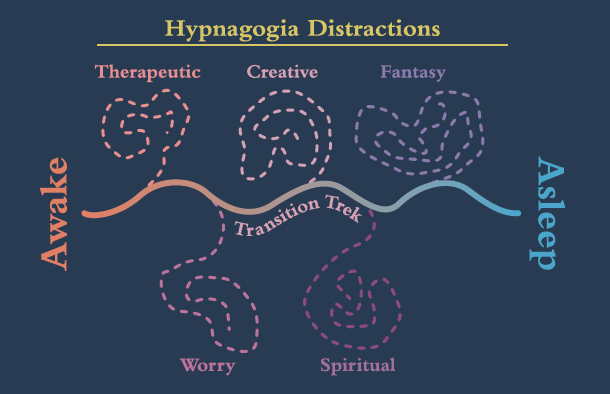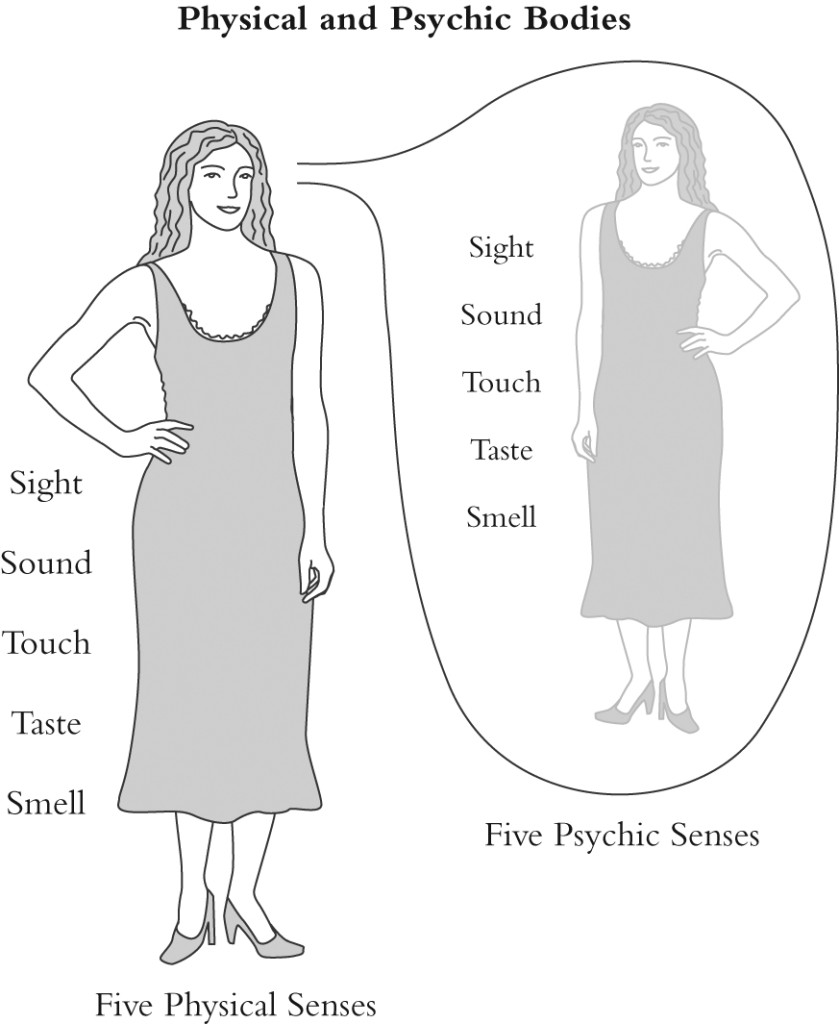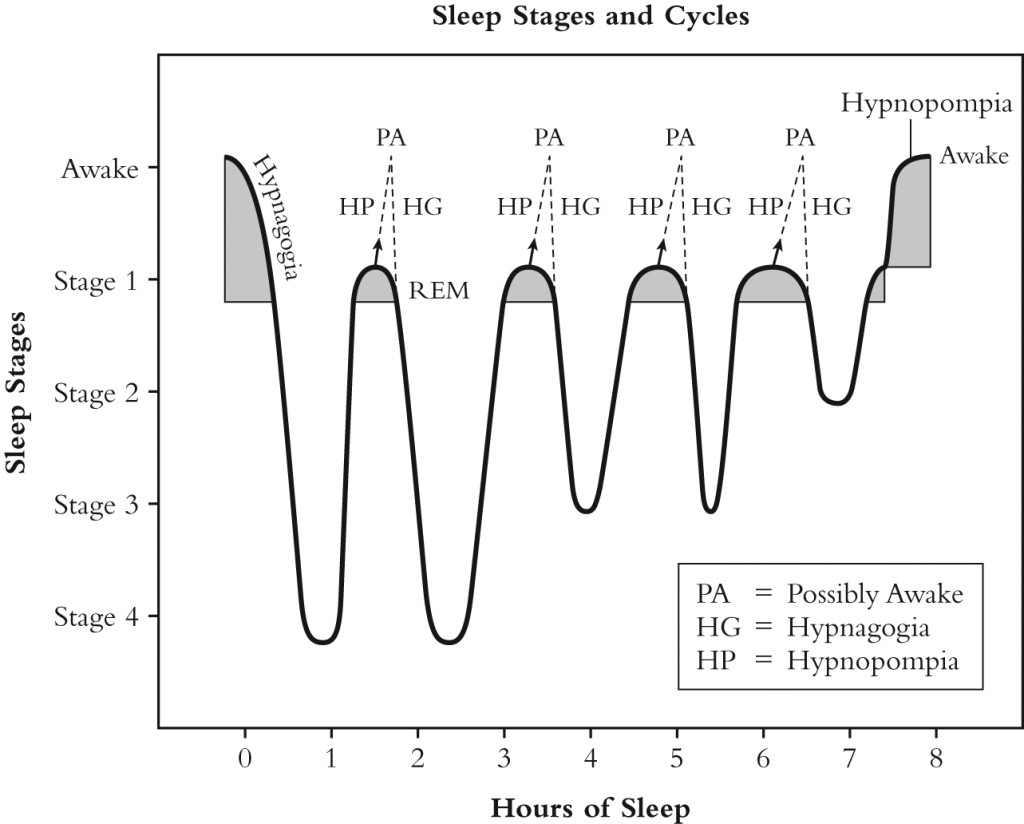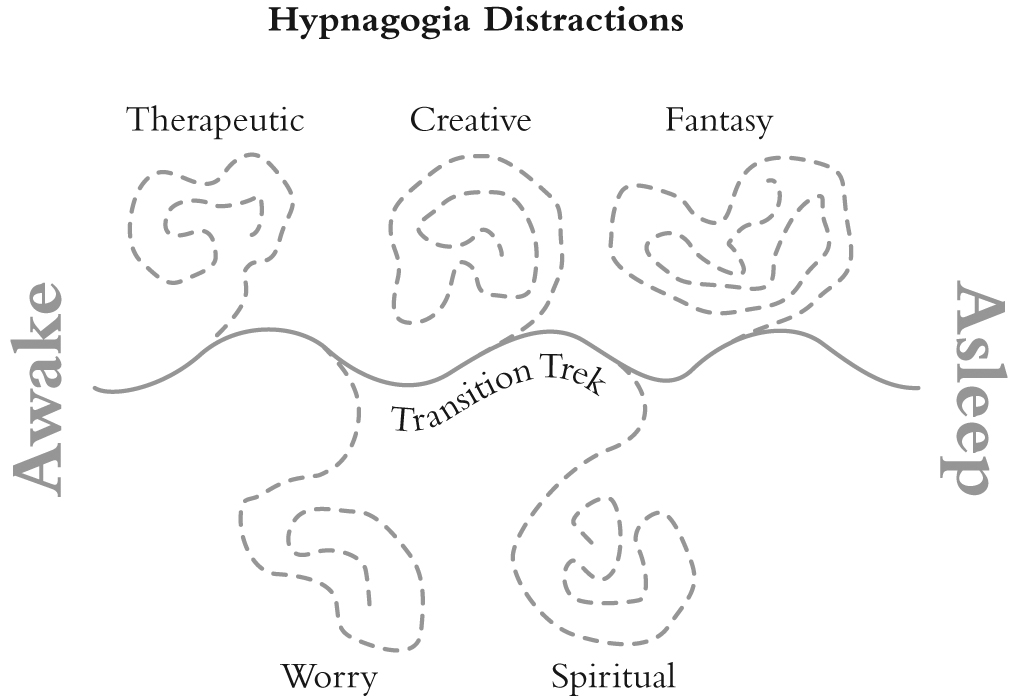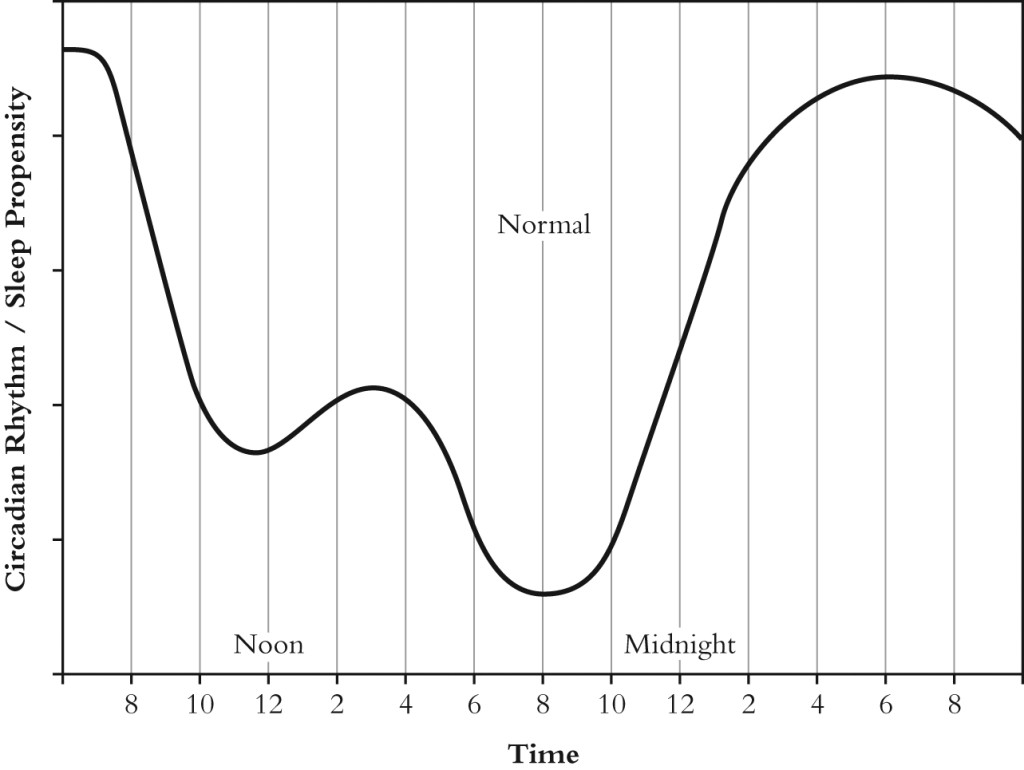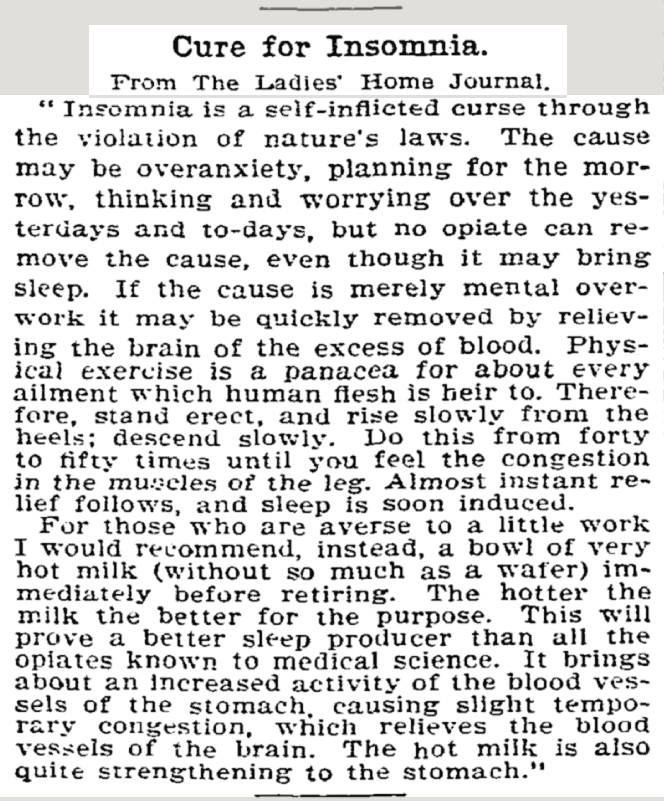I make a comment in In Pursuit of Sleep (page 108) to the effect that what you go to sleep thinking about ripples into how you sleep, and in particular it has an affect on how deep you sleep. If you are worrying about something that really bothers you, it keeps you from getting to the deeper stages of sleep. If you have been doing that for a while, perhaps even years, you will rarely if ever get to the deeper stages of sleep and that can lead to depression.
On the other hand, if you have pleasant images and sounds in your mind when you drop off, that conditions you positively for the deeper stages of sleep. You essentially learn to separate your daytime emotional traumas from the sleep state. This can’t help but lead to a degree of emotional wellbeing that you may not have experienced in a while. Taking a pill does nothing like this. This is real sleep hygiene and not that superficial stuff about making your bedroom dark. That type of sleep hygiene will certainly be beneficial, but the internal stuff is so much more important that all this external sleep preparation becomes trivial. You have to get to the internal, psychic, stuff to make a real dent in your insomnia problem. And you don’t have to be under the care of a psychiatrist to do it.
*
So what does happen when we go through sleep onset successfully? If I am successfully negotiating the transition from being awake to being asleep, and trying to be aware of what is happening, what will I experience?
This is a really good question, and I answer it in In Pursuit of Sleep on pages 40-41. I assume the sleeper is using my Transition Trek, but the experience should be the same regardless of how you go to sleep. Here is the full quote (hypnagogia is sleep onset):
Signs that You Have Entered Hypnagogia
After you have closed your eyes and started sleep breathing, you will experience some things that indicate you have entered hypnagogia. You have experienced them many times, perhaps even every night, but probably have not realized that they are favorable indications that you are on your way to sleep. The first was mentioned before: you become more aware of body irritants: you notice an itch, can’t find a comfortable position, your nose whistles when you breathe, etc. Second, the images of the Transition Trek will become more vivid. This can be rather startling, although it should be comforting since it is proof the trek is working. Third, you may find that you have become more alert. This feels really strange and you may believe that you have come back out of hypnagogia, but you haven’t. It is your intellect fully recognizing your psychic body instead of your physical body and becoming fully invested in the psychic world. It is also an indication that deafferentation is taking over. Fourth, you start losing control of your thoughts and veer off the Transition Trek. When you realize this is happening, don’t become concerned. Again, it is good news. You are entering the latter stages of hypnagogia. Gently bring yourself back to the Transition Trek and proceed from where you last remember being. Fifth, you may start seeing fleeting images, some very strange, possibly accompanied by voices that have nothing to do with you or your trek. These are hypnagogic content you should not follow. They will rapidly disappear, and you can continue with the trek. Sixth, you may see bits of dreams, which appear as short sequences of images and voices that are associated with you but quickly dissipate. Take note of them but let them fade, as they certainly will. Seventh, by this time you are at the very edge of sleep, at the event horizon so to speak, and you will lose all control and be sucked into Slumberland.
I want to call your attention to a few of things that might lead you to believe that you are not going to sleep. The fact that images, what you mind’s eye sees, become more vivid can be interpreted as an unfavorable situation and cause you to actually stop your descent into sleep. If you realize that this is a positive sign, you have much more of a tendency to allow the process to continue. Becoming more alert seems paradoxical and may be interpreted as another sign that you are headed in the wrong direction. You have to trust the process for it to work. Also, when you start to lose control of the process and enter one of the diversionary paths that lead to insomnia and not sleep, you can become discouraged and actually pull yourself back out of your descent into sleep. Having a specific thing to redirect your mind toward, the Transition Trek, as well as realizing that this is normal and a good sign, further enables you to trust the process and make it happen by return to the Transition Trek.
It doesn’t take long to learn the Transition Trek method. Trust is a major part of it because without trust, you start to develop irritation toward the whole thing, and it falls apart. You can learn this method by reading the first four chapters of In Pursuit of Sleep and then using it that night.

